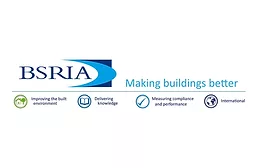Home » Keywords: » hydronic controls
Items Tagged with 'hydronic controls'
ARTICLES
Hydronics Workshop | John Siegenthaler
Building the brains for custom hydronics systems.
Read More
Column | John Siegenthaler
John Siegenthaler: Relays and switches — part one
The basics.
July 3, 2023
Hydronic heating offers flexibility, better comfort and energy efficiencies
Custom home and retrofit markets offer growth opportunities.
September 13, 2022
HYDRONICS WORKSHOP
John Siegenthaler: No passwords required
Hydronic systems don’t have to be complex to be sophisticated.
January 3, 2022
Trend watch
Hydronic contractors becoming control consultants
Connected customers provide long-term partnerships for contractors.
November 19, 2021
Growth in European Hydronic Controls market set to sprint
BSRIA’s latest findings are from a study of five major European markets
April 10, 2018
John Siegenthaler: How to wire fresh air dampers
The 2018 version of NFPA 54 prescribes methods for providing this air into confined spaces using one or two openings to outside space.
March 27, 2018
Keep your content unclogged with our newsletters!
Stay in the know on the latest plumbing & piping industry trends.
JOIN TODAY!Copyright ©2025. All Rights Reserved BNP Media.
Design, CMS, Hosting & Web Development :: ePublishing










